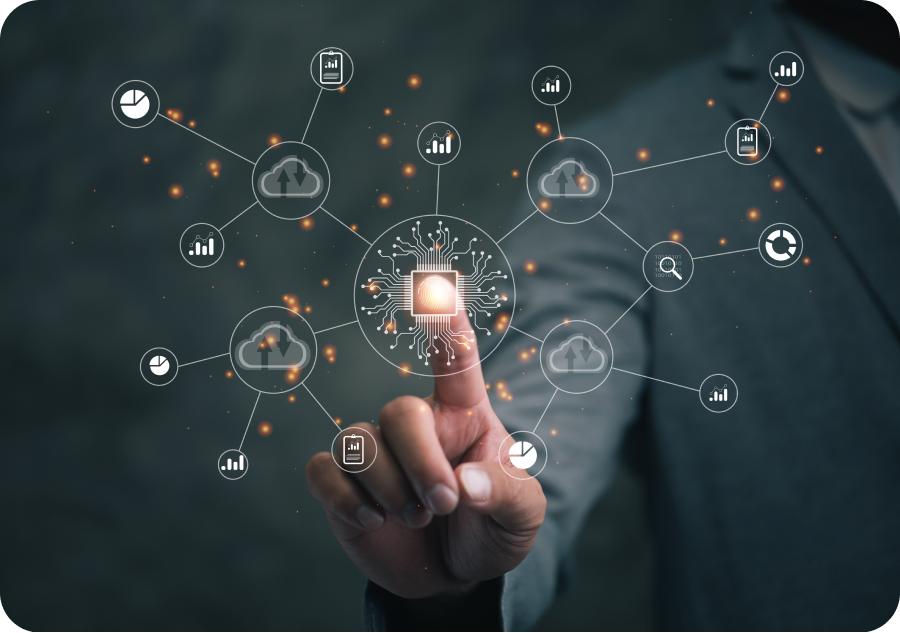Using Technology to Reduce Maintenance Liability

Leveraging Technology to Reduce Risk and Liability in Maintenance
Technology is changing the game in property management.
From the way we communicate with residents to how we handle maintenance, advancements in tech are creating opportunities to reduce risk and improve efficiency. For property managers, this is more than just a convenience—it’s a way to protect tenants, owners, and the property itself from unnecessary risks and liability.
Let’s explore how some of these technologies work and why they’re worth considering.
The Hidden Risks in Property Maintenance
Maintenance isn’t just about keeping things looking good. Behind every leaky pipe or broken light fixture lies the potential for something much bigger: injuries, property damage, or even lawsuits.
Think about it—a simple water leak can escalate into mold growth if left unchecked, leading to health complaints or expensive repairs. A poorly maintained HVAC system could mean anything from a tenant’s discomfort to a catastrophic failure. These aren’t just headaches; they’re liabilities.
The good news? Technology can help you stay ahead of these risks.
Tools That Help You Stay Ahead
Here are some of the standout technologies making a real difference in reducing maintenance-related risks:
1. Predictive Maintenance: Seeing Problems Before They Happen
Imagine knowing a piece of equipment was about to fail before it actually does. That’s the power of predictive maintenance. By analyzing data—like how often a machine runs or its repair history—these systems can flag potential issues early. This means fewer surprises, less downtime, and a safer property overall.
2. Digital Work Order Systems: No More Missed Requests
Gone are the days of handwritten notes or phone calls to track maintenance needs. Digital work order systems let residents submit requests online, which are then automatically assigned to the right technician. Everything is logged, creating a clear record of when and how issues are addressed. It’s a win-win: tenants see faster responses, and you have proof that you acted quickly if there’s ever a dispute.
3. IoT and Smart Sensors: Keeping an Eye on the Property
Internet-connected devices are everywhere these days, and they’re transforming how we manage properties. Picture this: a sensor detects a small water leak under a sink and alerts you before it turns into a flood. Or your HVAC system sends a notification when it’s running inefficiently. These real-time insights give you the chance to fix small issues before they become big (and expensive) problems.
4. VR and AR Training: Practicing in a Safe Environment
Maintenance training isn’t just about learning how to fix things; it’s about doing so safely. Virtual and augmented reality tools let staff practice handling emergencies or mastering complex repairs without the real-world risks. Plus, it’s a more engaging way to train, which means better-prepared teams.
Making It Work: Best Practices for Adopting Technology
Technology isn’t a magic wand—it’s a tool. Here are some tips for integrating it into your property management processes:
- Keep It Updated: Tech that’s out of date is about as helpful as no tech at all. Regular updates ensure you’re getting the best performance and security.
- Prioritize Cybersecurity: Digital systems often collect sensitive data, like tenant contact info. Make sure your systems are secure to avoid costly data breaches.
- Ask for Legal Advice: Before rolling out new tech, check with your attorney to ensure you’re in compliance with local laws and regulations. It’s better to be safe than sorry.
The Bottom Line
At the end of the day, technology is a powerful ally for property managers looking to reduce risk and liability. But it’s just one part of the equation. Strong management practices, well-trained teams, and a proactive mindset are still the foundation of effective property maintenance.
By combining the best of tech with a human touch, you can create safer, more efficient properties that benefit everyone—your tenants, your owners, and your team.
Disclaimer: The information provided here is for general guidance and should not be taken as legal advice. Always consult a qualified attorney for specific questions related to fair housing laws, compliance, or other legal matters.